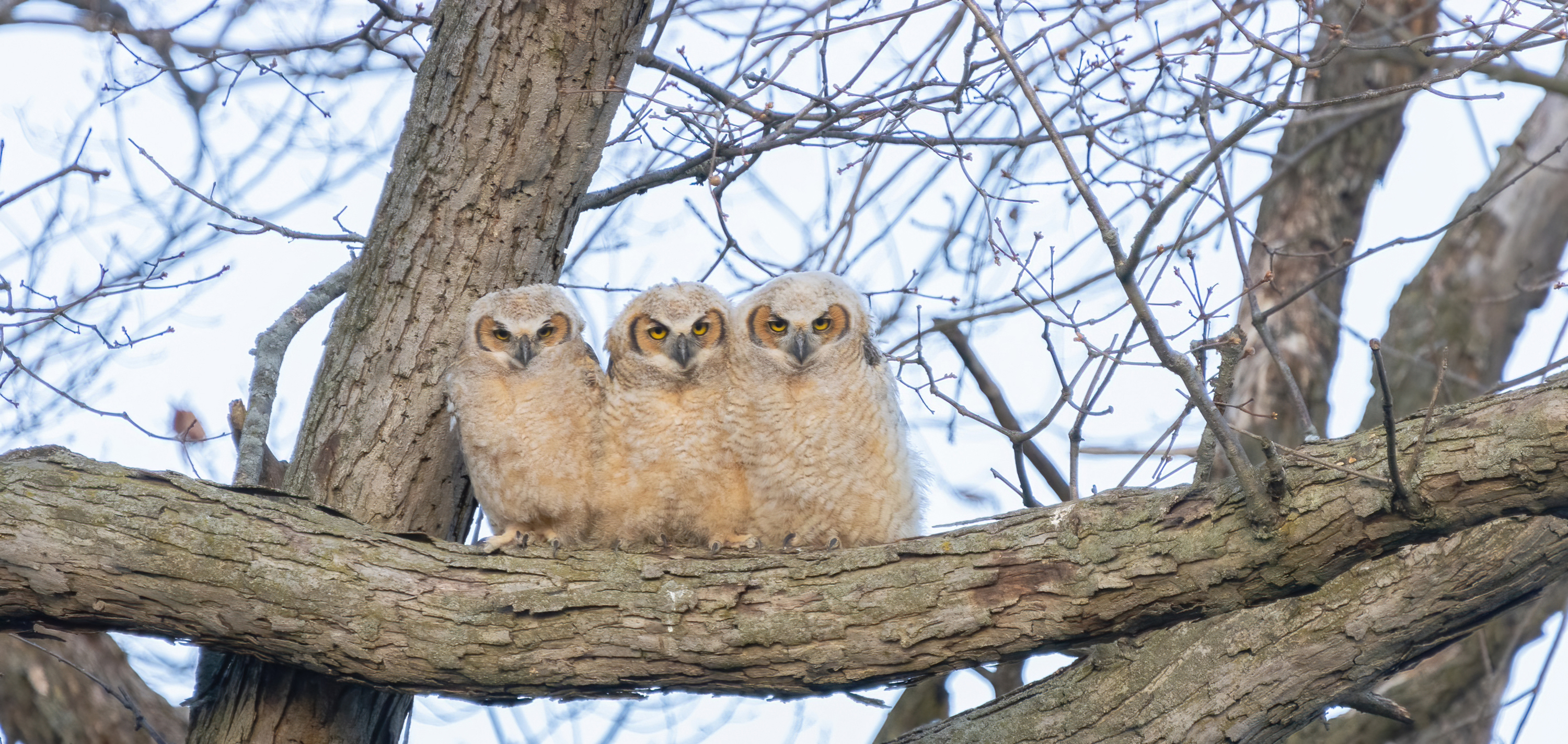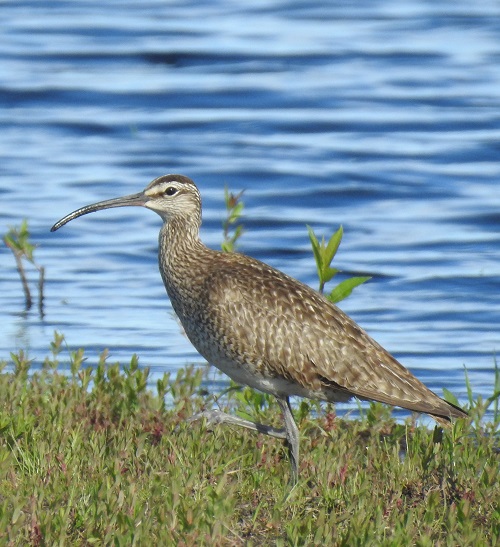Tell us a bit about yourself:
I am a lifelong Wisconsin resident. I live in Madison with my wife Anna. We have been here for the past seven years since graduating from the University of Wisconsin, and after growing up in Wauwatosa. I work as an environmental educator for the Aldo Leopold Nature Center where I help lead field trips, summer camps, and teach in the newly developed nature preschool. I love getting outside and staying active in as many ways as I can; hiking, biking, kayaking, and playing sports. I’m admittedly distracted by birds while doing all of these!
How would you describe your involvement with birds?
My initial interest in birds started at a young age, mainly from noticing backyard birds that came to our feeder. In an urban setting we would mainly get House Finches, House Sparrows and the like. But one day I noticed a Rose-Breasted Grosbeak come to the feeder. My mind was blown at how colorful and different it looked.
Although my interest in birds never ceased, it didn’t really “take off” until my final year in college. I was in a capstone course for my Environmental Studies major, called “Birding to Change the World,” where we were nature mentors for middle school students in a nature club. This class is where I started learning more about how to identify birds, and realized that birds are such a unique teaching tool and a great way to connect to the nature around you. I have been actively birding since that class roughly five years ago. I’m trying to grow my birding skills every year.
What led you to join the WSO?
One of my goals moving forward is to get more connected in the birding community statewide. 2020 showed me that birding can help create partnerships and I’m hoping to get to know more birders throughout Wisconsin. Through events and organizations such as WSO, I hope to learn more about the best birding spots around the state. I’m also hoping to grow my ornithological knowledge through the great resources WSO provides.
Do you have a favorite Wisconsin bird? If so, why that bird?
This is a question I always struggle to answer. I recently heard someone say their favorite bird is whichever one they are currently looking at, which I think is a good representation of how I feel. But if I have to choose one, I would say the Barred Owl. Owls of all kinds amaze me, but I have a particular attachment to the Barred Owl since it is one of the first birds I learned to identify by call. One of my first times camping I heard the “who cooks for you” echoing throughout the woods and from that point on it has been one of my favorite sounds to listen for. I love that I can stumble upon them while hiking any time of the year, winter or summer, as they sit and observe quietly.
Have you had a recent memorable experience with birds or while birding?’
In the craziness that was 2020, one bright spot that stood out for me was birding. With more free time from March through June than I was expecting, I was able to hike and bird more than ever before. Not only was it great to find a way to get outside and stay active in a safe way, but the entirety of 2020 turned out to be an exceptional year for birding in Wisconsin that I will never forget. I was able to add 57 species to my Wisconsin life list last year. Some of my favorite species were Northern Goshawk, Tufted Duck, Ruff, and Kentucky and Worm-Eating Warblers.
Reflecting on the past year evokes the excitement that comes with finding each new bird. However, it wasn’t just the birds that were memorable. The past year led to forming stronger connections within the birding community. As more people focused on birding locally, I often found that I would run into the same people while out birding. With the pandemic limiting social functions, these birders oddly became who I would see most often during this time. We were able to form a line of communication with the area birders, sharing who was seeing what and where, often racing to rare bird sightings. As more rare birds popped up, we would find ourselves saying to each other, “Well, see you at the next bird sighting!” It helped me realize that birding can be a great way to bring people and communities together, and the connections and friendships created over the past year while birding will stick with me going forward.
Is there anything else you’d like to share about yourself, your work, or your experience with birds?
As an environmental educator I find birds to be the best teaching tool. Birds can be found anywhere and everywhere during any time of the year. The variety of colors, shapes, sizes, and sounds make them hard to miss and they can lead to great discussions about animal adaptations. We have a saying we like to share with students at the nature center, “You can tell where a bird lives and what it likes to eat, by looking at its beak and looking at its feet.” From waterfowl to grassland birds to owls and everything in between, they are so fun to study and learn more about.
As I mentioned before, I think birds are unique in that they bring people together and form connections. It amazes me that an individual migratory bird such as a Baltimore Oriole can be seen and bring joy to people in South America and Wisconsin and anywhere it stops in between, all in the span of a month. Birds are truly a uniting force in nature.

